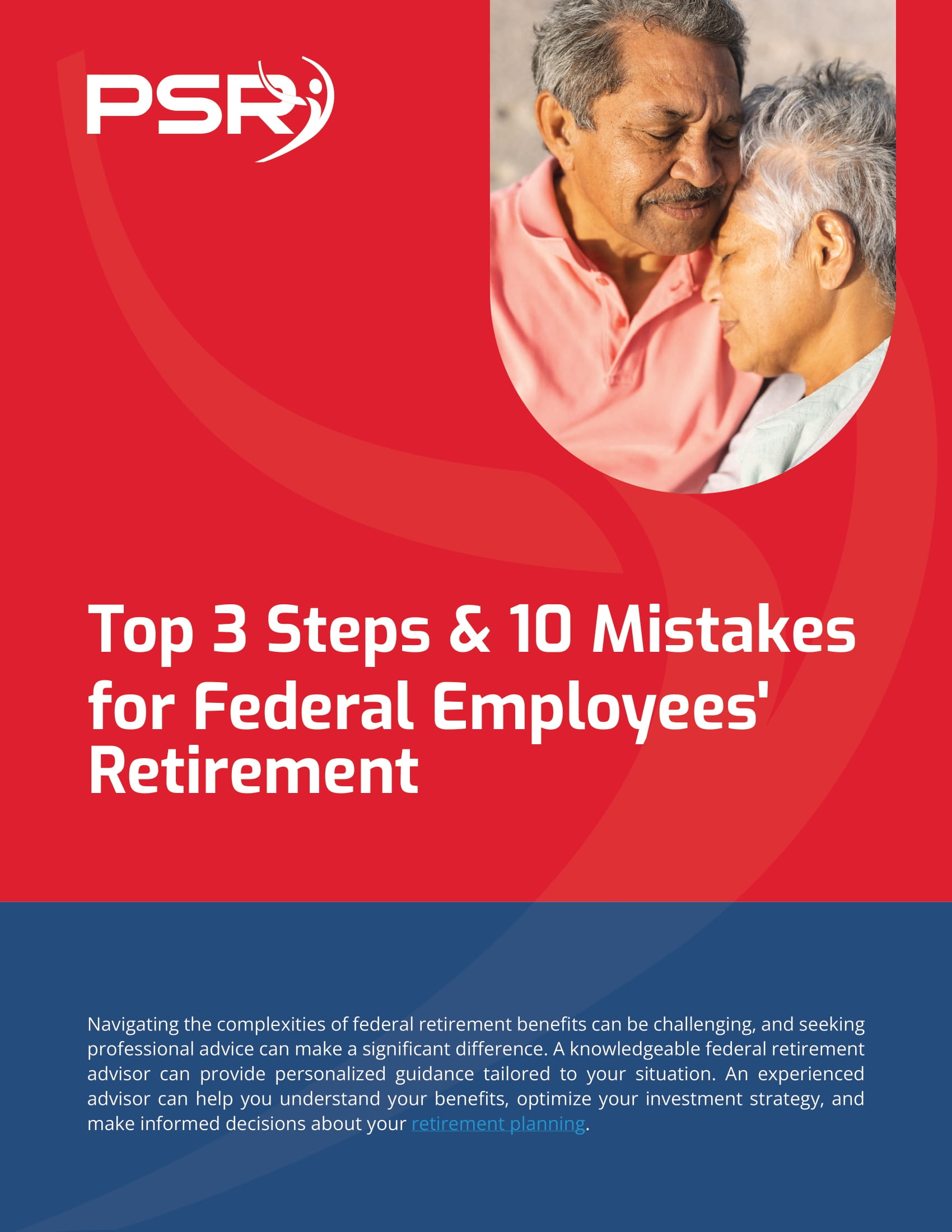Key Takeaways
- Switching from CSRS to FERS is no longer available, as opportunities to make the switch were limited to past “open seasons.”
- Employees under CSRS benefit from a more robust pension system, while FERS provides more flexibility through Social Security and TSP contributions.
What Are CSRS and FERS?
If you’re a federal employee, you’ve likely heard of the Civil Service Retirement System (CSRS) and the Federal Employees Retirement System (FERS). These are two distinct retirement systems designed to support federal workers during retirement. However, understanding the differences between the two systems is crucial if you want to optimize your retirement plan.
- Also Read: Want to Leave Before 62? Here’s the Tradeoff Most Federal Workers Don’t Consider
- Also Read: 3 Ways CSRS Retirees Can Avoid Social Security Reductions Due to the Windfall Elimination Provision (WEP)
- Also Read: Your Next Federal Pay Raise Might Come With a Tradeoff—Here’s What to Watch
FERS Overview: FERS was introduced in 1987 and replaced CSRS for new federal employees. It is more flexible than CSRS, offering a combination of a smaller pension, Social Security benefits, and access to the Thrift Savings Plan (TSP), which includes matching contributions from your employer. Federal employees hired after 1984 were automatically enrolled in FERS.
Can You Still Switch from CSRS to FERS?
The short answer is no, you cannot currently switch from CSRS to FERS. When FERS was first introduced, there were specific “open seasons” where eligible federal employees could opt to switch retirement systems. However, those open seasons have long since passed, and no new ones are on the horizon in 2024. This means that employees who remain under CSRS are locked into that system, while those hired after 1984 are enrolled in FERS.
How Are Retirement Benefits Calculated in Each System?
The key differences between CSRS and FERS lie in how retirement benefits are structured and calculated.
CSRS Benefits: Under CSRS, your pension is calculated based on your high-3 salary and years of service, providing a guaranteed income for life. The formula generally rewards long-term federal employees, as a higher percentage of your salary is used to calculate your pension the longer you serve. However, since CSRS does not include Social Security, this pension is the primary source of retirement income for those in the system.
FERS Benefits: FERS, on the other hand, takes a more diversified approach. Retirement income under FERS comes from three sources:
- A smaller pension (compared to CSRS),
- Social Security benefits, and
- The Thrift Savings Plan (TSP), which includes matching contributions from your employer up to 5%.
Because FERS combines these three sources, it tends to offer more flexibility but relies more heavily on individual contributions and investment growth through TSP.
Thrift Savings Plan: How It Plays a Role
One of the significant advantages of FERS is the employer-matching contributions to the Thrift Savings Plan (TSP), which works similarly to a 401(k). For those under FERS, this plan can become a substantial part of retirement income, as the government matches employee contributions up to 5%.
CSRS TSP Option: CSRS employees can also contribute to the TSP, but they do not receive any matching contributions. As a result, the TSP is not as critical a component of retirement savings for those under CSRS.
FERS TSP Option: FERS employees, on the other hand, benefit from the TSP’s full potential. Along with Social Security and their FERS pension, the TSP provides an additional opportunity to grow retirement savings. This makes FERS more appealing for employees who want to manage and potentially grow their retirement assets through investments.
Social Security: A Key Difference
One of the main distinctions between the two systems is how Social Security fits in.
CSRS and Social Security: Federal employees under CSRS do not contribute to Social Security from their federal earnings and thus do not receive Social Security benefits through their federal employment. However, if they have worked in a Social Security-covered job outside of federal service, they may still be eligible for Social Security benefits, though these benefits might be reduced by the Windfall Elimination Provision (WEP).
FERS and Social Security: FERS employees pay into Social Security and are fully eligible for Social Security benefits upon retirement. This gives FERS employees a diversified income stream in retirement, combining their pension, TSP savings, and Social Security payments.
Financial Implications of Staying in CSRS vs. FERS
Since switching from CSRS to FERS is no longer an option, understanding the long-term financial implications of staying in CSRS or being enrolled in FERS is crucial.
CSRS Stability: CSRS offers a predictable and often higher pension for long-serving federal employees. If you are under CSRS, your retirement income will be heavily reliant on your pension. The guaranteed nature of this pension can be comforting if you prefer stable and predictable income.
FERS Flexibility: On the other hand, FERS provides multiple streams of retirement income, including Social Security, the FERS pension, and TSP investments. While the FERS pension is smaller compared to CSRS, the additional flexibility in managing TSP investments and receiving Social Security benefits makes it appealing for those who value growth potential in their retirement savings.
Can You Maximize Benefits Without Switching?
Since switching systems is no longer possible, how can you maximize the benefits of your current retirement system?
CSRS Employees: If you’re under CSRS, focus on maximizing your pension benefits by considering factors like your length of service and retirement timing. Additionally, if you’ve worked outside of federal service and are eligible for Social Security, consider how the Windfall Elimination Provision may affect your benefits.
FERS Employees: FERS participants should focus on contributing as much as possible to the TSP to take advantage of employer matching. Since FERS is more reliant on individual contributions, maximizing your TSP savings can significantly boost your retirement income.
Important Considerations for Your Retirement Strategy
-
Long-Term Career: CSRS benefits those with long federal careers, as the pension formula rewards extended service. FERS, however, is more adaptable for those who may leave federal service earlier, due to the portability of TSP savings.
-
Retirement Age: CSRS offers full retirement benefits at age 55 with 30 years of service or age 60 with 20 years. FERS employees face reductions if they retire before age 62, unless they meet specific conditions, such as having 20 years of service at age 60.
-
Risk Tolerance: If you prefer a guaranteed benefit with no market risks, CSRS offers stability. FERS, on the other hand, involves some investment risk through TSP but can provide growth opportunities that CSRS lacks.
Navigating Your Federal Retirement Plan
Whether you’re in CSRS or FERS, understanding the strengths and limitations of your retirement system is crucial for financial planning. If you’re in CSRS, it’s important to optimize your pension and be aware of any outside Social Security benefits you may qualify for. For those in FERS, maximizing TSP contributions and preparing for a more flexible retirement income structure can help ensure financial security.












